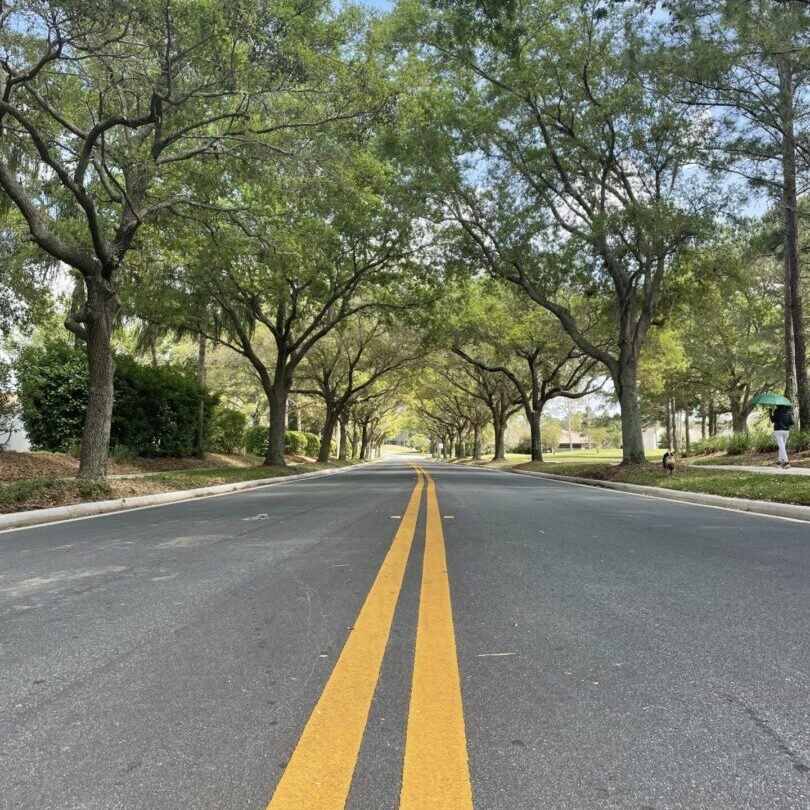
WHAT IS URBAN FOREST MANAGEMENT
5 Critical Reasons
- Cost Benefit - Budgeting parameters provide for a cyclical plan to achieve compliant growth structures at reduced costs over time, and protects a generational asset that cannot be replaced in one person's lifetime
- Protection - Healthy urban forests provide micro cooling, water retention, UV and wind protection
- Safety - Proper maintenance mitigates potential damage from storms and encroachment while improving the tree's viability
- People - Quality urban treescapes reduce depression and anxiety with better symmetry producing stronger effects
- Environment - One mature tree produces on average 260 pounds of oxygen and absorbs nearly 50 pounds of carbon dioxide. Individual properties provide a connected ecosystem required for a thriving native animal and bird population
What is an Urban Forest
Over 141 million acres of America’s forests are located right in our cities and towns. Urban forests come in many different shapes and sizes. They include urban parks, street trees, landscaped boulevards, gardens, river and coastal promenades, greenways, river corridors, wetlands, nature preserves, shelter belts of trees, and working trees at former industrial sites. Urban forests, through planned connections of green spaces, form the green infrastructure on which communities depend. Green infrastructure works at multiple scales from the neighborhood to the metro area to the regional landscape.
- U.S. Forest Service -


